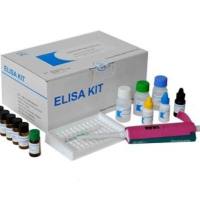Oxidized LDL and Lp(a): Preparation, Modification, and Analysis
互联网
互联网
相关产品推荐

Cxcl16,Srpsox/Cxcl16,Srpsox蛋白Recombinant Mouse C-X-C motif chemokine 16 protein (Cxcl16) (Active)重组蛋白Scavenger receptor for phosphatidylserine and oxidized low density lipoprotein, Small-inducible cytokine B16, Transmembrane chemokine CXCL16蛋白
¥852

LDLR / LDL Receptor 兔单抗 (PE)
¥1100

软骨素酶AC 来源于肝素黄杆菌,9047-57-8,重组, expressed in <i>E. coli</i>,≥200 units/mg protein, For Chondroitin Sulfate Analysis,阿拉丁
¥7138.90

兔子脂蛋白磷脂酶A2(Lp-PL-A2)ELISA Kit
¥800

Cxcl16/Cxcl16蛋白Recombinant Mouse C-X-C motif chemokine 16 (Cxcl16)重组蛋白Scavenger receptor for phosphatidylserine and oxidized low density lipoprotein ;SR-PSOXSmall-inducible cytokine B16Transmembrane chemokine CXCL16蛋白
¥1836
相关问答

